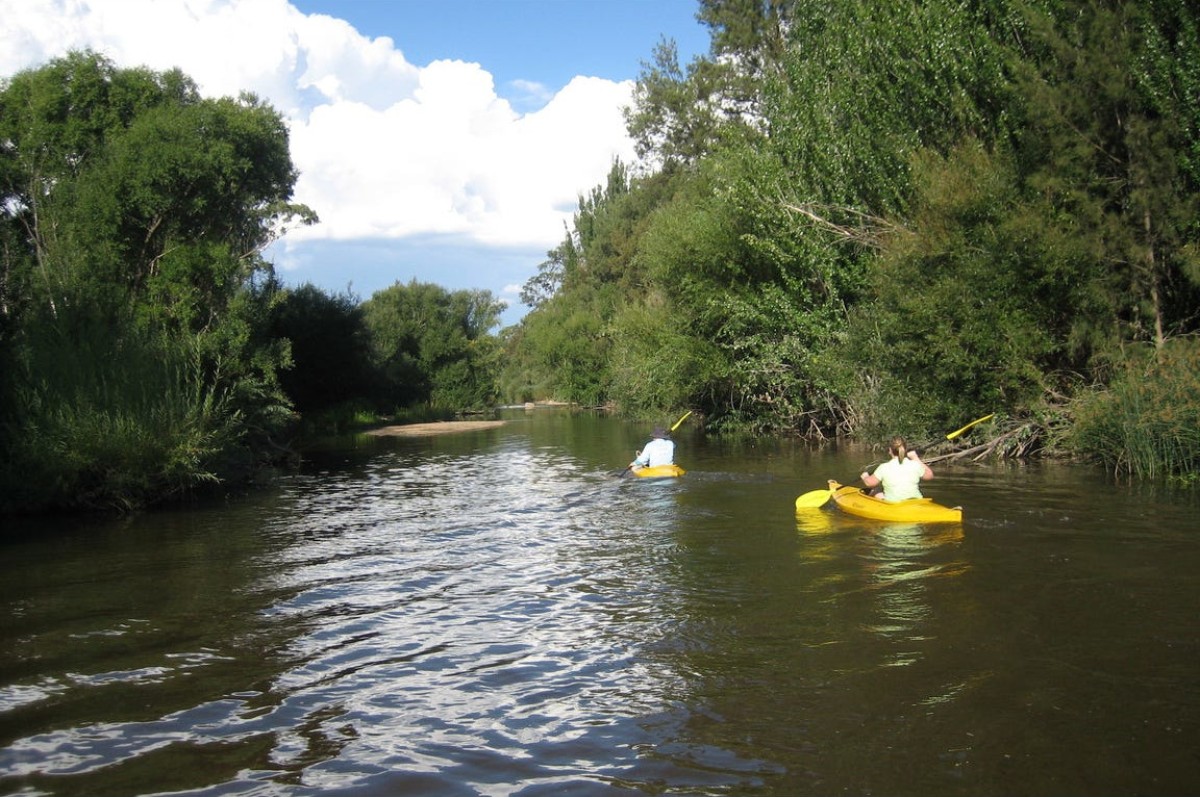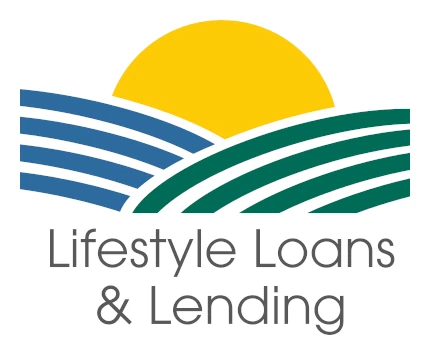Why Banks Often Say No to Acreage Loans
If you’ve had your acreage loan declined by a traditional bank, you’re not alone. Rural and lifestyle property financing brings unique challenges that many banks aren’t equipped or willing to accept. But there are solutions, and that’s where specialised lenders like us step in.
Why Do Banks Reject Acreage Loan Applications?
Here are the most common reasons why banks hesitate or decline finance for acreage or rural properties:
- Marketability & Liquidity Risk
Banks want collateral they can easily sell if things go wrong. Large rural blocks are less liquid, harder to value, and harder to resell than suburban homes. - Size & Type of Land
Banks often set internal limits. Properties over certain sizes (e.g. over 10 hectares or more) may be flagged as “commercial farm” territory, requiring stricter commercial lending criteria. - Income Uncertainty & Farming Activity
If you plan to farm or derive income from the land, banks want strong, consistent income or proven track records. If your income is seasonal or speculative, banks may worry about repayment ability. - Distance, Infrastructure & Access Issues
Remote locations, limited road access, lack of services (electricity, water, sewerage) increase risk in the eyes of banks. The cost to make a property “bankable” is higher. - Zoning & Usage Restrictions
Some properties have zoning (agricultural, conservation, etc.) or council restrictions that either limit potential or complicate lending. Banks may avoid properties where permitted use is unclear or restricted. - Valuation Volatility & Environmental Risk
Rural land values fluctuate with rainfall, commodity prices, drought or flood. Also risks like bushfire, flood or lack of insurance make banks cautious. - Credit & Serviceability Issues
Aside from property-specific issues, standard lending risk factors still apply - weak credit history, high existing debt, income that fails serviceability tests, incomplete paperwork.
Because of all these extra “risk factors”, many banks simply won’t take on acreage or rural property loans under their usual home loan framework.
What Alternative Financing Options Exist?
When banks say no, there are alternatives. Here’s how other lenders, private credit providers, and specialist financiers fill the gap:
- Non-bank (private) lenders
These lenders are less constrained by rigid automated credit systems. They often assess applications more holistically, considering the full property, the borrower’s vision, and future potential. - Specialist rural / farm lenders
These are lenders experienced in rural property risks and dynamics. They offer tailored rural loans, bridging finance, or equity access against existing land. - First and second mortgages on rural property
Sometimes you can secure a first mortgage on part of the property and use a second mortgage or specialised loan for the remainder. This can allow more flexibility in structuring. - Equity-based or bridging finance
If you hold existing property or assets, some finance products let you tap equity to fund part of your rural purchase. - Government and concessional schemes
In some cases, government rural finance or agricultural grants (depending on your state) can supplement or ease access to finance.
As the non-bank / alternative lending sector grows in Australia, more borrowers with rural or agricultural ambitions are turning to these solutions.
How We Help You When the Bank Says No
At Lifestyle Loans and Lending, we specialise in bridging the gap between big-bank rejections and your property dreams. Here’s how we assist:
- We understand acreage, rural, lifestyle and hobby farm financing, we know the terrain, the risks, and how to structure a loan that works.
- We have relationships with specialist rural lenders and non-bank funds, giving you access to finance sources that banks won’t tap.
- We assess each case on its merits, not simply via rigid credit-scoring systems. If your income is seasonal, or your plans are atypical, we work with that.
- We help you prepare your application, ensuring strong documentation, realistic projections, sensible structure, and mitigated risks.
- We guide you through zoning, valuation, infrastructure improvements, and help turn “unbankable” into feasible for lenders who get rural.
- We propose flexible finance options - bridging loans, equity access, staged finance - to match your lifestyle and land goals.
Because our focus is on rural property, we see opportunities where banks only see risks.
What You Can Do (Steps to Improve Approval Odds)
Before applying again or approaching alternative lenders, here are proactive steps you can take:
- Strengthen your credit score and reduce existing debts.
- Provide clear evidence of income (past years, projections) especially if farming or seasonal.
- Improve the property’s value: access roads, water, fencing, services.
- Obtain a professional, resilient valuation that reflects realistic market conditions.
- Prepare a strong, reasoned loan proposal including your vision, cash flow projections, and exit options.
- Seek assistance from brokers or lenders experienced in rural finance (like us).
When a bank knocks back your application, it doesn’t have to be the end of the road.
Take the Next Step Toward Your Rural Dream
Getting an acreage loan declined by a traditional bank is frustrating, but it’s far from a dead end. With specialised lenders, private credit options, and expert guidance, you can still secure finance for your rural dreams.
If you’re ready to explore alternative rural financing options or want help rebuilding a rejected application, we’d love to assist.


